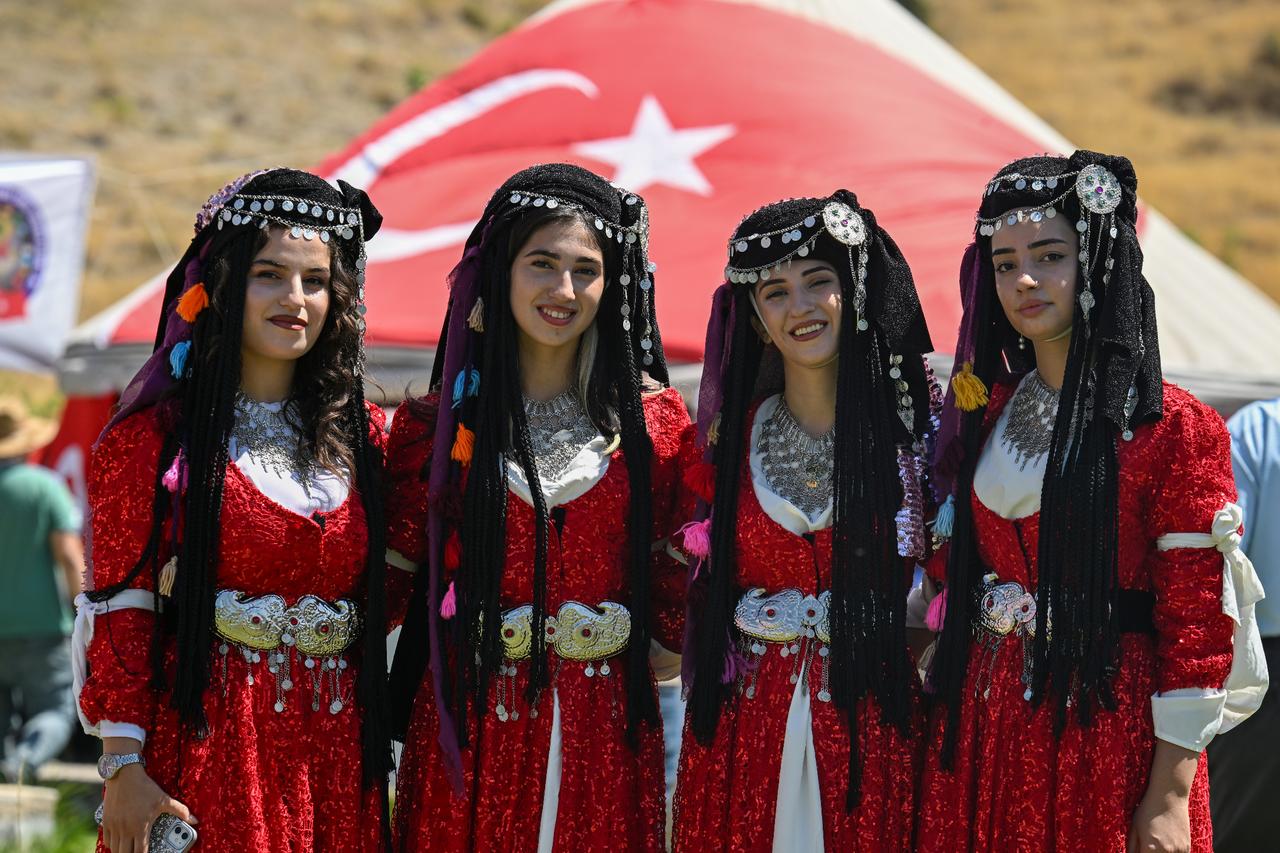
The 954th anniversary of the Manzikert (Malazgirt) Victory—won on Aug. 26, 1071, against the Byzantine Empire (Eastern Roman Empire)—is being commemorated with large, festive crowds in Mus’s Malazgirt district and neighboring Ahlat in Bitlis.
Officials, academics, and visitors from across Türkiye are highlighting the battle’s lasting impact on the political map of Anatolia and on the leadership role Turks went on to play in the Islamic world.
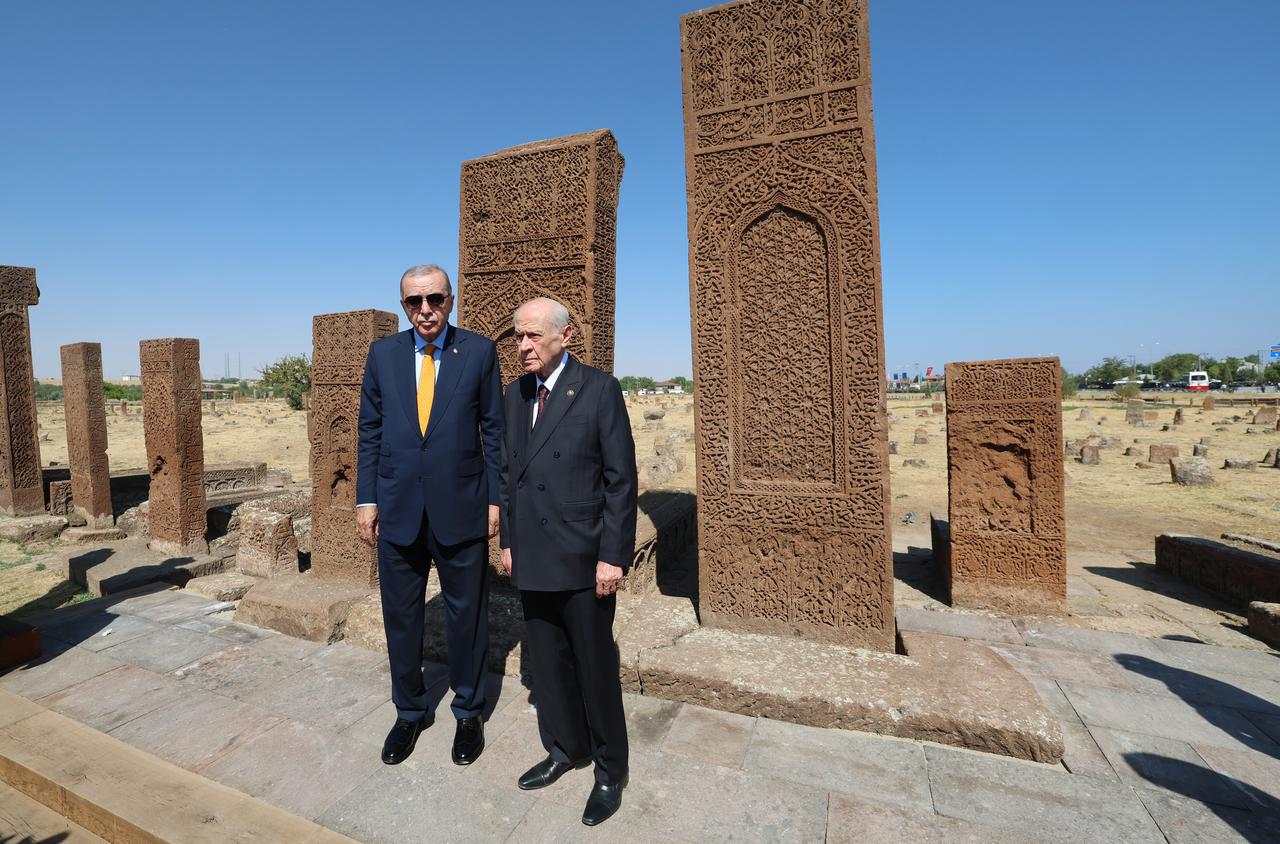
Sultan Muhammad Alparslan, the second ruler of the Great Seljuk State, defeated an army led by Byzantine Emperor Romen Diyojen despite being outnumbered, a result that opened the gates of Anatolia to the Turks.
In the years that followed, Seljuk influence spread rapidly across the region.
Medieval historian Professor Mustafa Alican, Rector of Mus Alparslan University, said they were thrilled to mark the 954th year and stressed the battle’s scale of consequence: “This war changed the historical course in the short, medium, and long term.”
He added that Manzikert confirmed the Turks as principal drivers in Islamic history and as leaders acknowledged by the broader Muslim community.
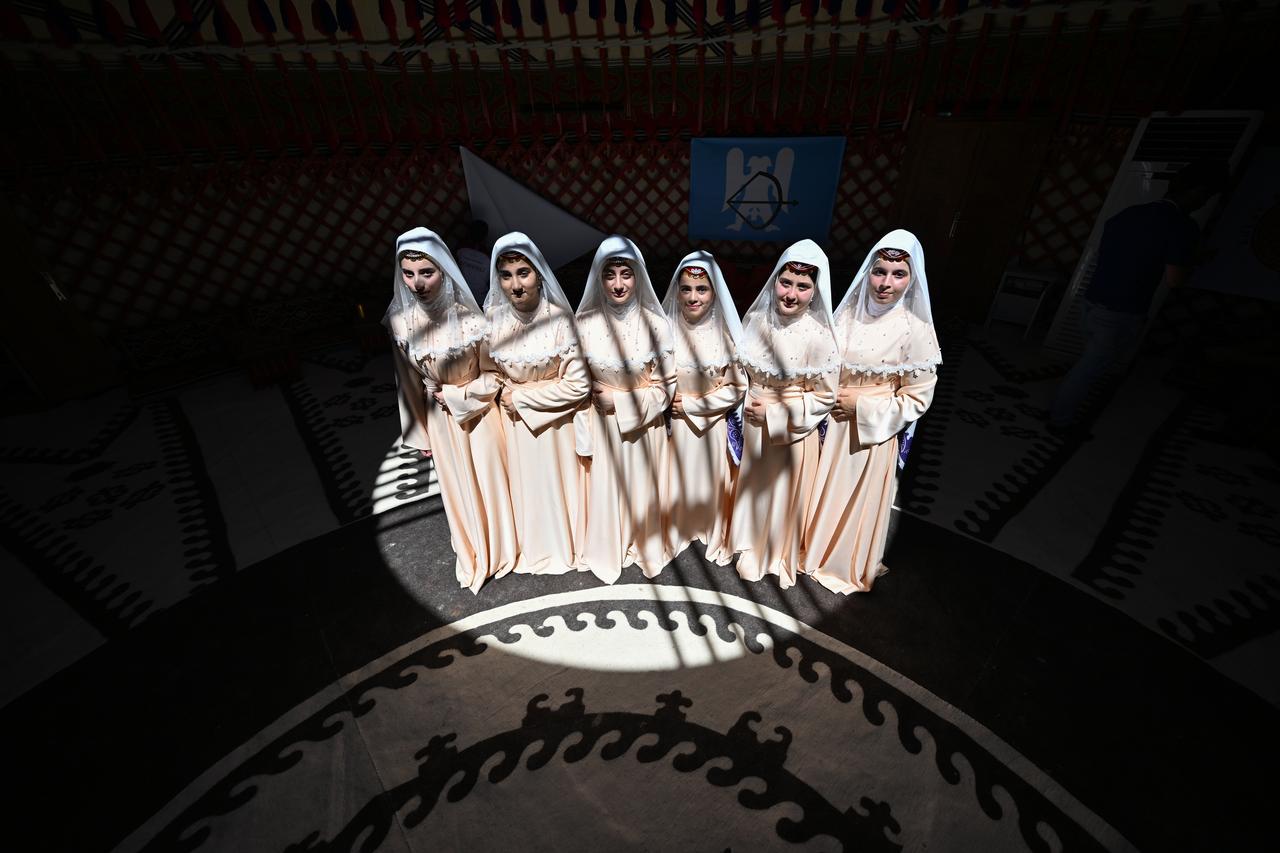
Alican underlined that a Byzantine emperor was, for the first time, taken captive by Muslim forces at Manzikert and that the empire never rebuilt a comparable army for a new push east.
He recalled that anxieties within Christendom rose soon after the battle, noting contemporary warnings that, unless stopped, the Turks could sweep through Roman lands.
For Alican, Manzikert shaped not only Turkish and Islamic history but also the trajectory of the Eastern Christian world.
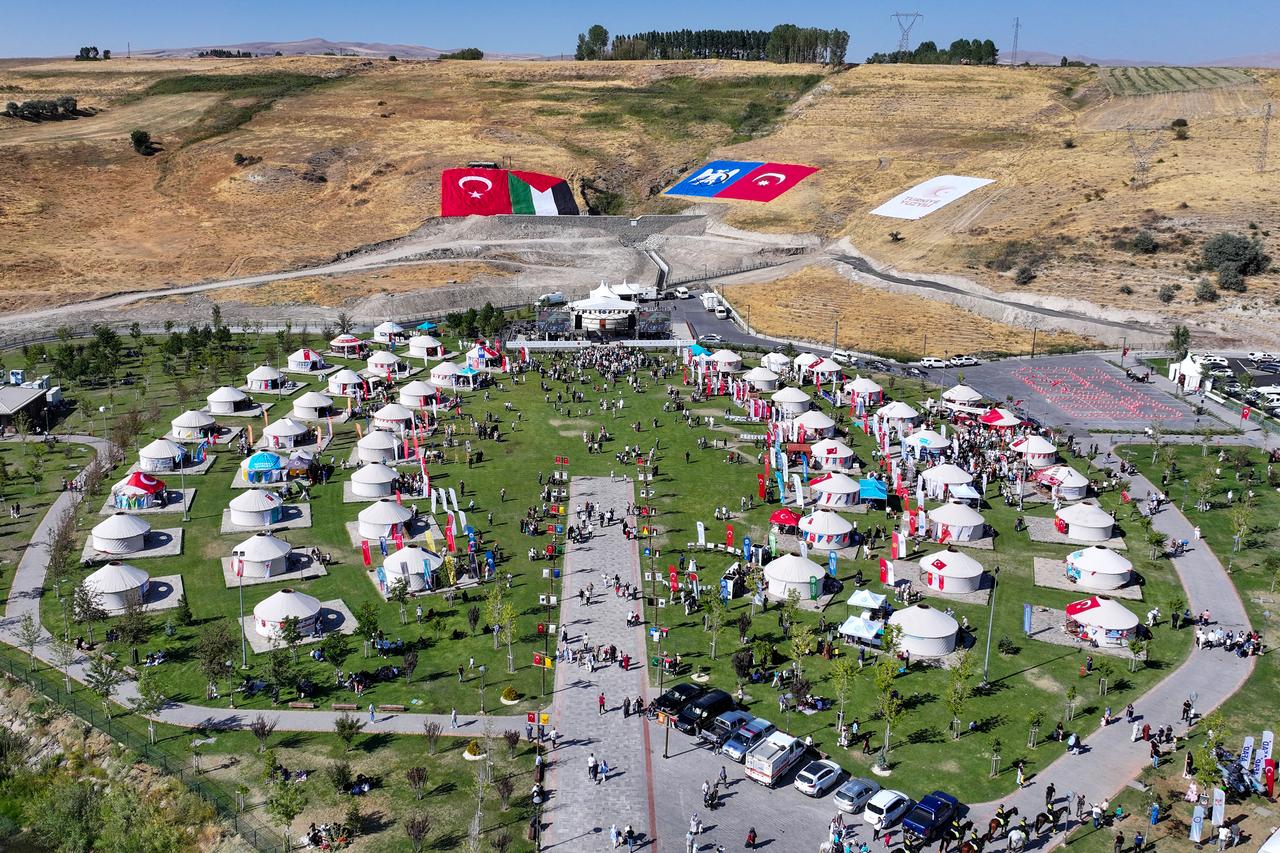
Commemorations are continuing at the Ahlat Recep Tayyip Erdogan National Garden, a large public park in the Charho area, where a ceremonial Otag (a ruler’s felt pavilion) decorated with Seljuk motifs has been set up.
Visitors are touring 50 themed tents showcasing regional products and watching traditional equestrian sports, including cirit (mounted javelin), oil wrestling and horseback archery.
Bitlis Governor Ahmet Karakaya said the strong participation supports unity and social calm, adding, “The spirit of Malazgirt shows itself here to the fullest.”
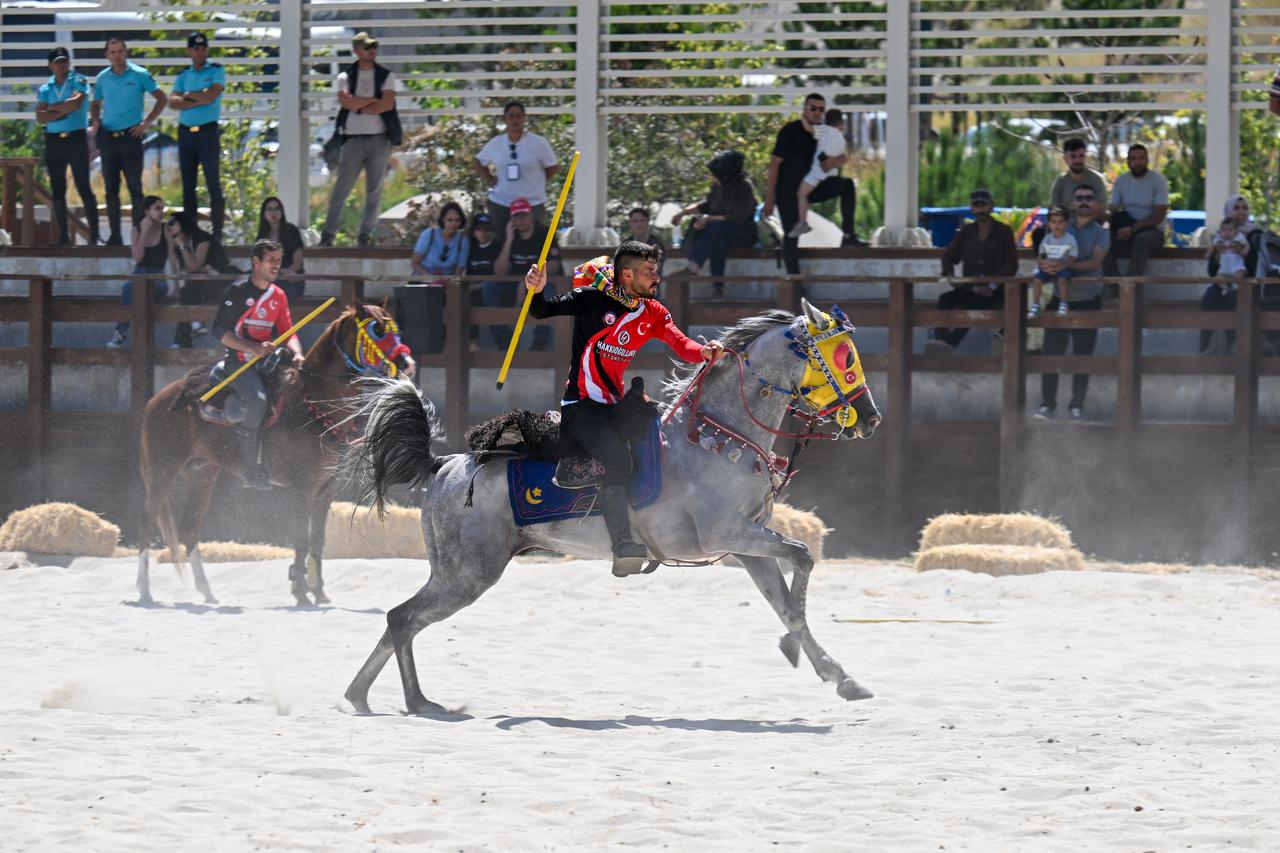
The commemorations also look back at Alparslan’s rise and campaign path. He first seized Kars and Ani from Byzantium and later moved in support of the Abbasid caliph, turning toward Egypt when news spread of a looming Byzantine counter-offensive.
While signaling he would encamp at Rey, Alparslan pivoted to Mus and established his headquarters on the Malazgirt plain. On Friday, Aug. 26, 1071, after leading prayers, he marched on the Byzantine army commanded by Romen Diyojen and secured a decisive victory.
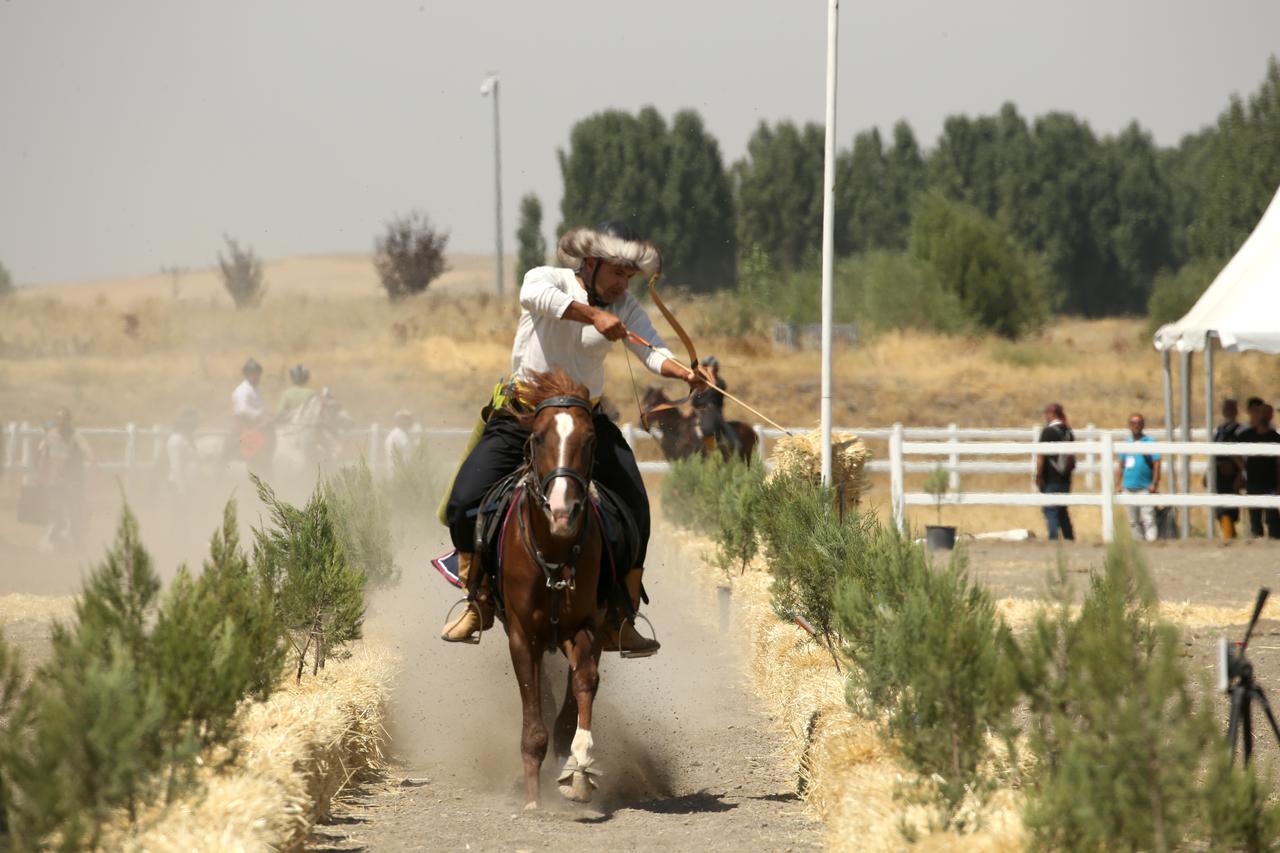
At the Malazgirt Battle Historical National Park, a target-shooting meet titled the “954th Sultan Alparslan Open-Air Special Puta Run” drew 217 archers from 31 provinces, each aiming at targets from 50 meters to honor the sultan’s memory. (“Puta” refers to the target used in traditional Turkish archery.)

Meanwhile, crowds are also paying respects at the Seljuk Cemetery in Ahlat—one of the world’s largest Turk-Islam graveyards—often described locally as the “title deed of Anatolia.”